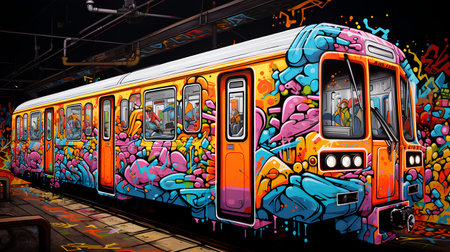Railways, alive with daily travelers’ energy, transcend mere transportation roles. They transform into active galleries, showcasing art as a core travel element. These spaces display a wide array of artworks. These range from ancient creatures’ murals to contemporary pieces pulsing with modern innovation. Each artwork, strategically positioned amid transit chaos, tells a unique story. It invites passengers to pause and reflect. In these public spaces, the blend of practical design and artistic expression achieves more than aesthetics. It weaves a vivid tapestry reflecting the cultural, historical, and social spirit of the locale. This unique fusion in trains opens a window to deeper understanding. This unique railway art engages travelers with the societal histories and legacies of each region.
Historical Significance of Railway Art
Historically, railway art was used to commemorate technological accomplishments and national pride. Majestic paintings and sculptures graced magnificent stations in the early days of train travel, symbolizing the status of rail travel. Grand Terminal in New York is a good example, with extravagantly celestial paintings and architectural grandeur.
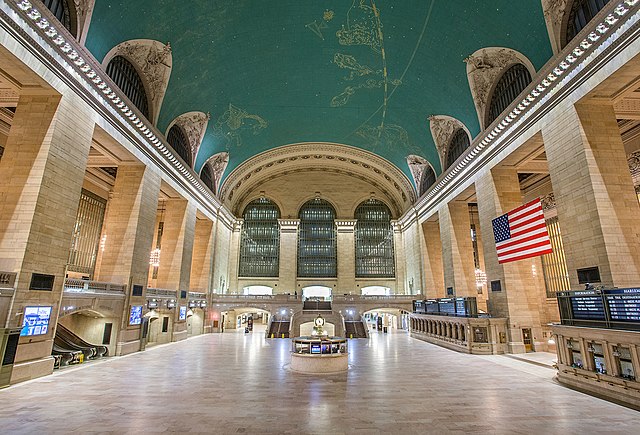
Art as a Cultural Mirror in Railways
Railway art frequently reflects a location’s cultural identity. Station decorations and murals use local themes, traditional patterns, and indigenous art forms. This not only beautifies the environment but also provides visitors with an insight into the local culture, transforming stations into cultural icons.
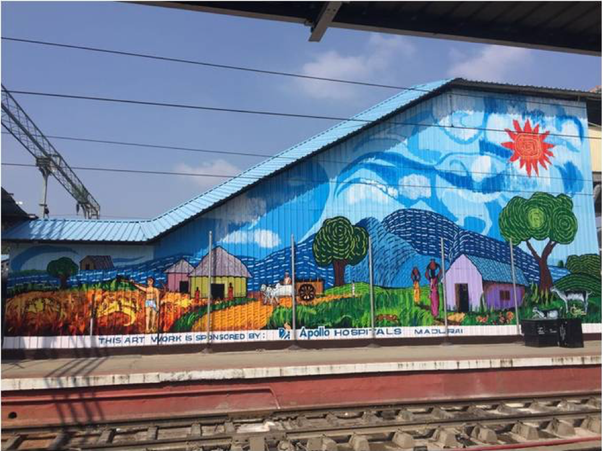
Contemporary Art in Modern Railways
Modern railway art has progressed, including new forms and topics. It is not unexpected to find bright graffiti, abstract sculptures, and digital works at modern train stations. This transition reflects current creative tendencies and provides a venue for modern artists to display their work to a large audience.
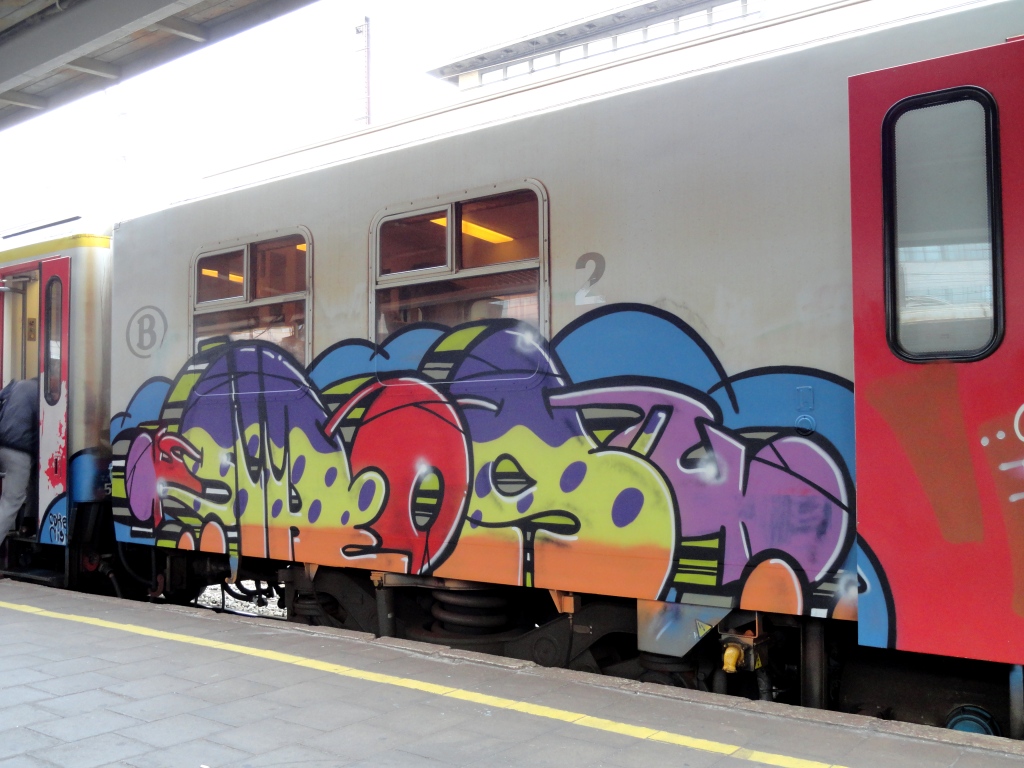
Interactive and Functional Art in Railways
Art in train journeys is more participatory and practical, rather than merely attractive. From captivating seating designs to interactive artworks that react according to motion or sound, these works of art improve the user experience and add an element of surprise to the everyday commute.
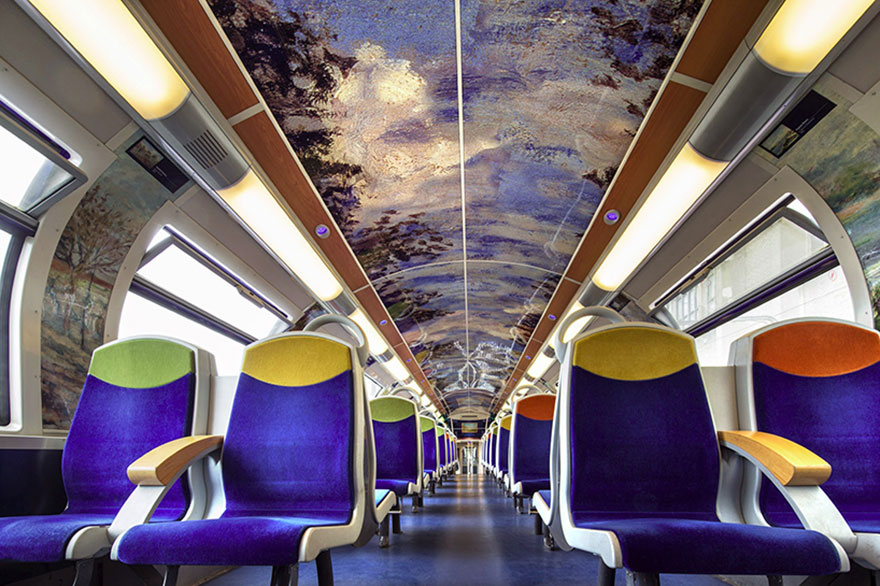
Art as a Means of Social Commentary
Artists actively use railway art to critique society, emphasizing issues like environmental protection, social justice, and historical events. Through their creative work, they transform stations into hubs of reflection and conversation, actively engaging the public in significant societal debates. This approach not only highlights critical issues but also fosters a sense of community involvement and awareness among commuters.
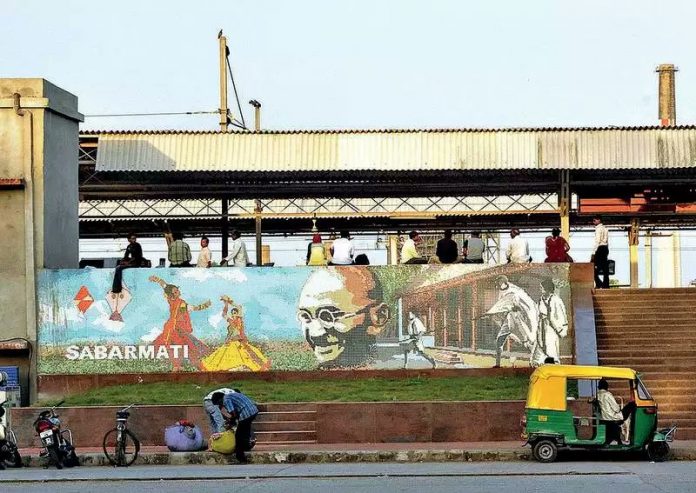
Challenges and Preservation of Railway Art
It is difficult to keep art alive in the hectic milieu of trains. The elements, vandalism, and the need for reconstruction all necessitate continual preservation measures. This involves preserving old artworks and guaranteeing the durability and safety of current installations.
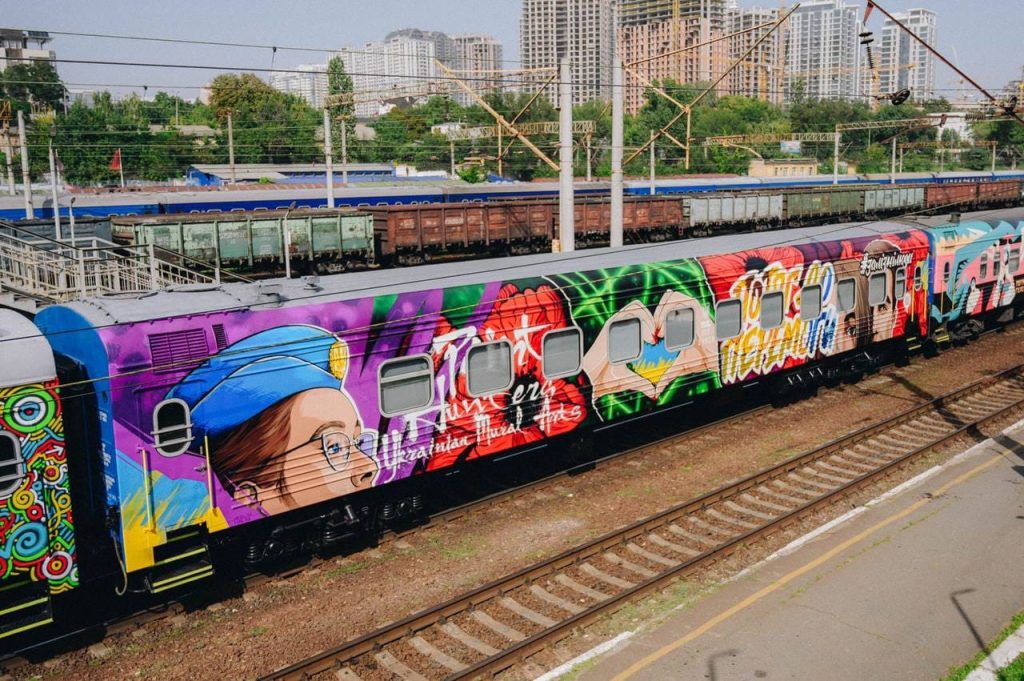
Afterwards, railway art has a tremendous impact on travel experiences. These artistic endeavors tell stories of cultural history and societal narratives while seamlessly merging functionality and creativity. Railway stations become more than just transportation hubs when they are adorned with bright paintings, sculptures, and installations. This art actively engages commuters, allowing them a temporary escape into a realm of visual delight and serious consideration as it reflects society changes and technology progress. Thus, railway art not just decorates but also enriches, transforming each voyage into a one-of-a-kind creative excursion.

